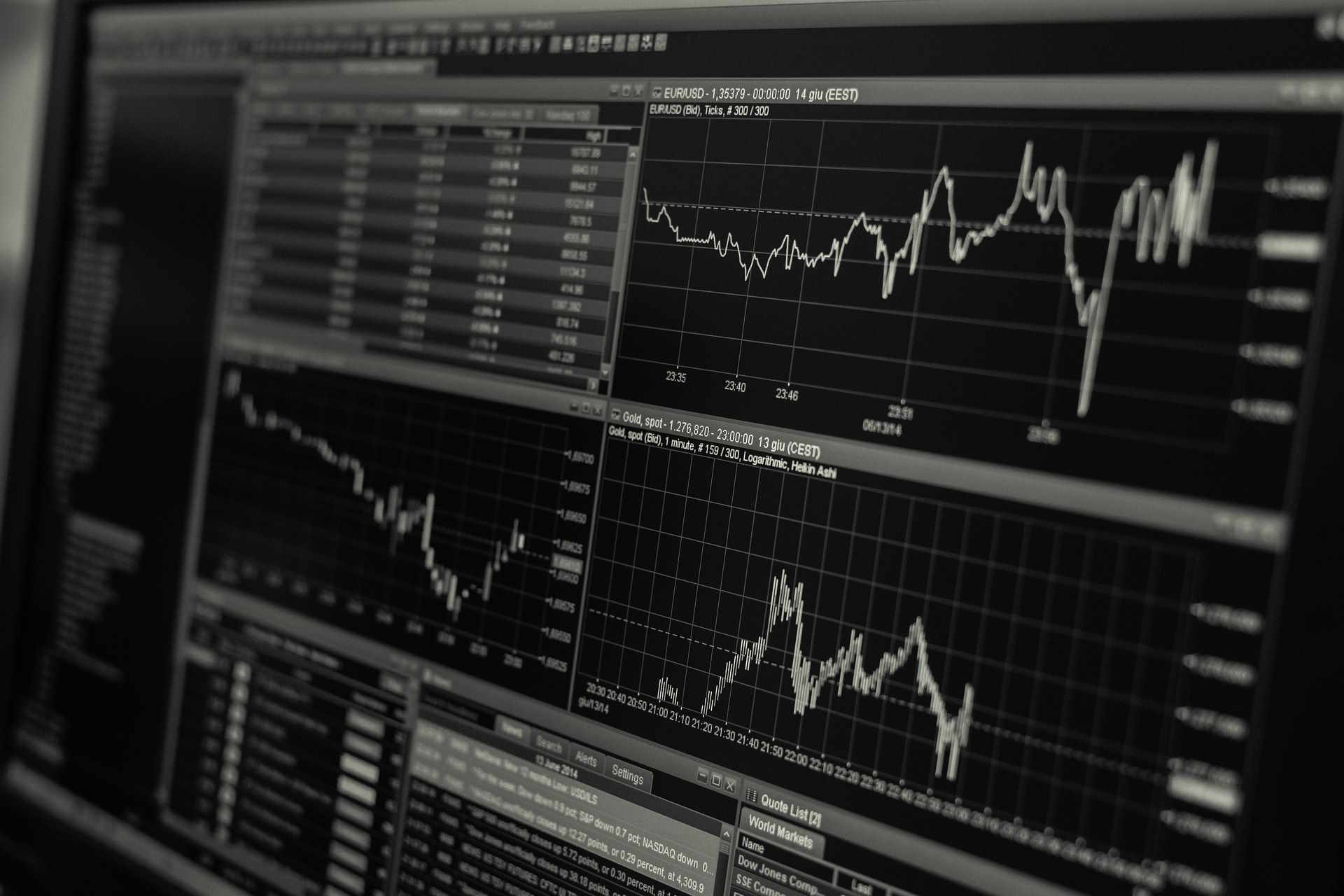Mastering Forex Trading: A Comprehensive Guide for Beginners and Advanced Traders
The foreign exchange market (forex) is the world's largest financial market, with daily trading volumes exceeding $6.6 trillion. For both newcomers and experienced traders, understanding the fundamentals of forex trading is crucial for success in this dynamic marketplace. This comprehensive guide explores proven strategies, risk management techniques, and essential knowledge to help you navigate the forex market effectively.

What is Forex Trading and How Does It Work?
Forex trading involves buying and selling currency pairs in the foreign exchange market. Traders profit from the fluctuations in exchange rates between different currencies. The market operates 24 hours a day, five days a week, making it accessible to traders worldwide. Major currency pairs like EUR/USD, GBP/USD, and USD/JPY account for the majority of trading volume.
Essential Skills and Knowledge for Successful Forex Trading
Successful forex trading requires a strong foundation in technical and fundamental analysis. Traders must understand economic indicators, chart patterns, and market trends. Key skills include reading price charts, interpreting economic news, and implementing risk management strategies. Developing emotional discipline and maintaining a consistent trading approach are equally important.
How to Develop an Effective Trading Strategy
A well-defined trading strategy is crucial for consistent results. This includes:
-
Identifying optimal entry and exit points
-
Setting clear profit targets and stop-loss levels
-
Determining position sizing based on risk tolerance
-
Choosing appropriate timeframes for analysis
-
Selecting suitable currency pairs for your strategy
Understanding Risk Management in Forex Trading
Risk management is paramount in forex trading. Professional traders typically risk no more than 1-2% of their trading capital per trade. Essential risk management techniques include:
-
Using stop-loss orders
-
Maintaining appropriate leverage levels
-
Diversifying currency pair exposure
-
Keeping detailed trading journals
-
Regular performance analysis and strategy adjustment
Advanced Trading Techniques and Market Analysis
Professional traders employ various advanced techniques:
-
Price action trading
-
Multiple timeframe analysis
-
Correlation trading
-
News trading strategies
-
Algorithmic trading systems
These methods require thorough understanding and practice before implementation.
Forex Trading Costs and Platform Comparison
| Platform | Minimum Deposit | Spread from | Key Features |
|---|---|---|---|
| IG | $250 | 0.6 pips | Advanced charting, automated trading |
| FXCM | $50 | 0.2 pips | Social trading, educational resources |
| Oanda | $0 | 1.0 pips | Extensive currency pair selection |
| XM | $5 | 0.6 pips | Multiple account types, MT4/MT5 |
Prices, rates, or cost estimates mentioned in this article are based on the latest available information but may change over time. Independent research is advised before making financial decisions.
Key costs to consider in forex trading include:
-
Spreads (difference between buy and sell prices)
-
Commission fees (if applicable)
-
Overnight holding costs (swap rates)
-
Platform fees
-
Account maintenance fees
Success in forex trading requires continuous learning, practice, and adaptation to changing market conditions. While the potential for profit exists, it’s essential to approach trading with realistic expectations and a solid understanding of both opportunities and risks. Remember that forex trading involves significant risk, and past performance does not guarantee future results.




